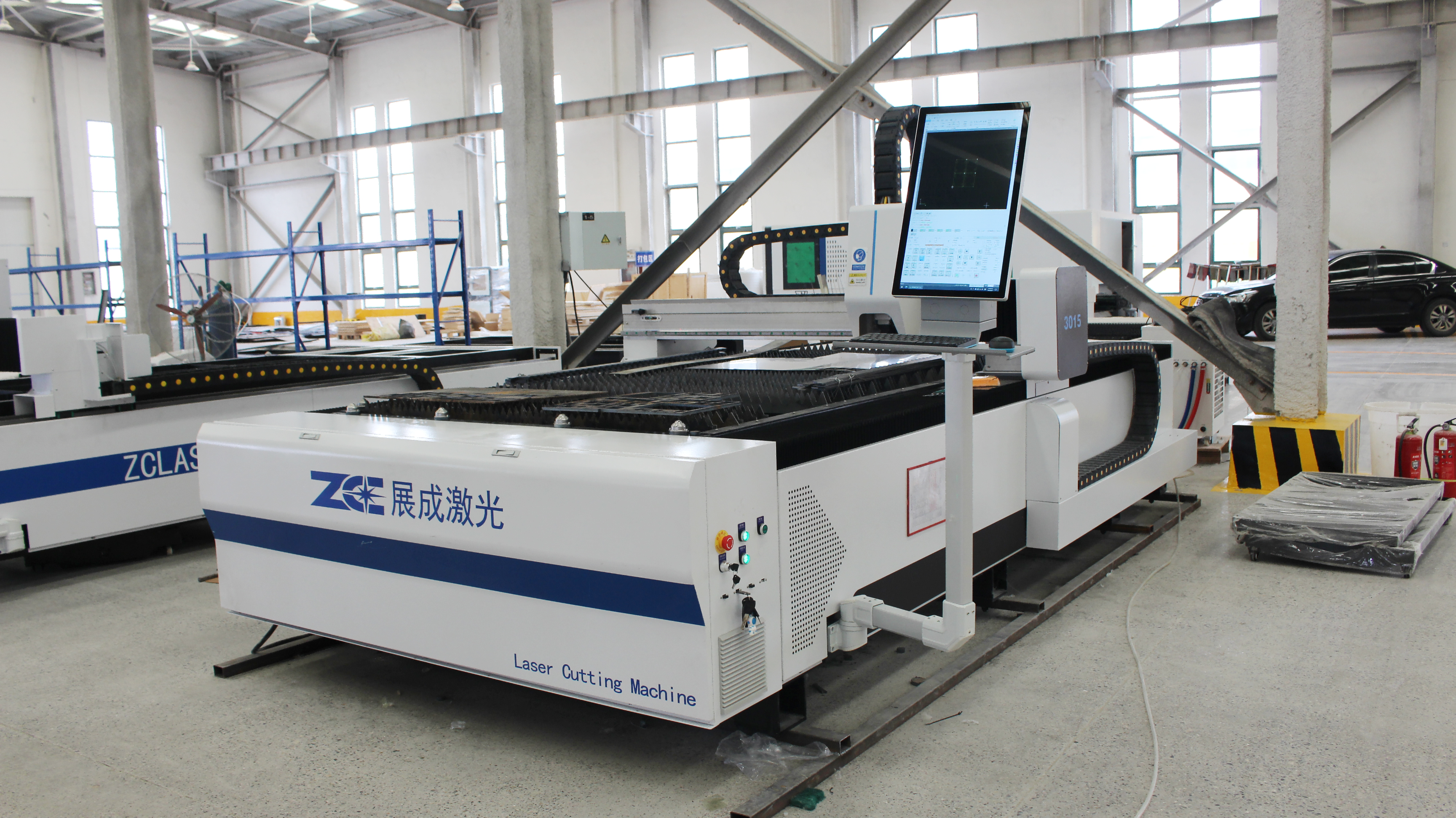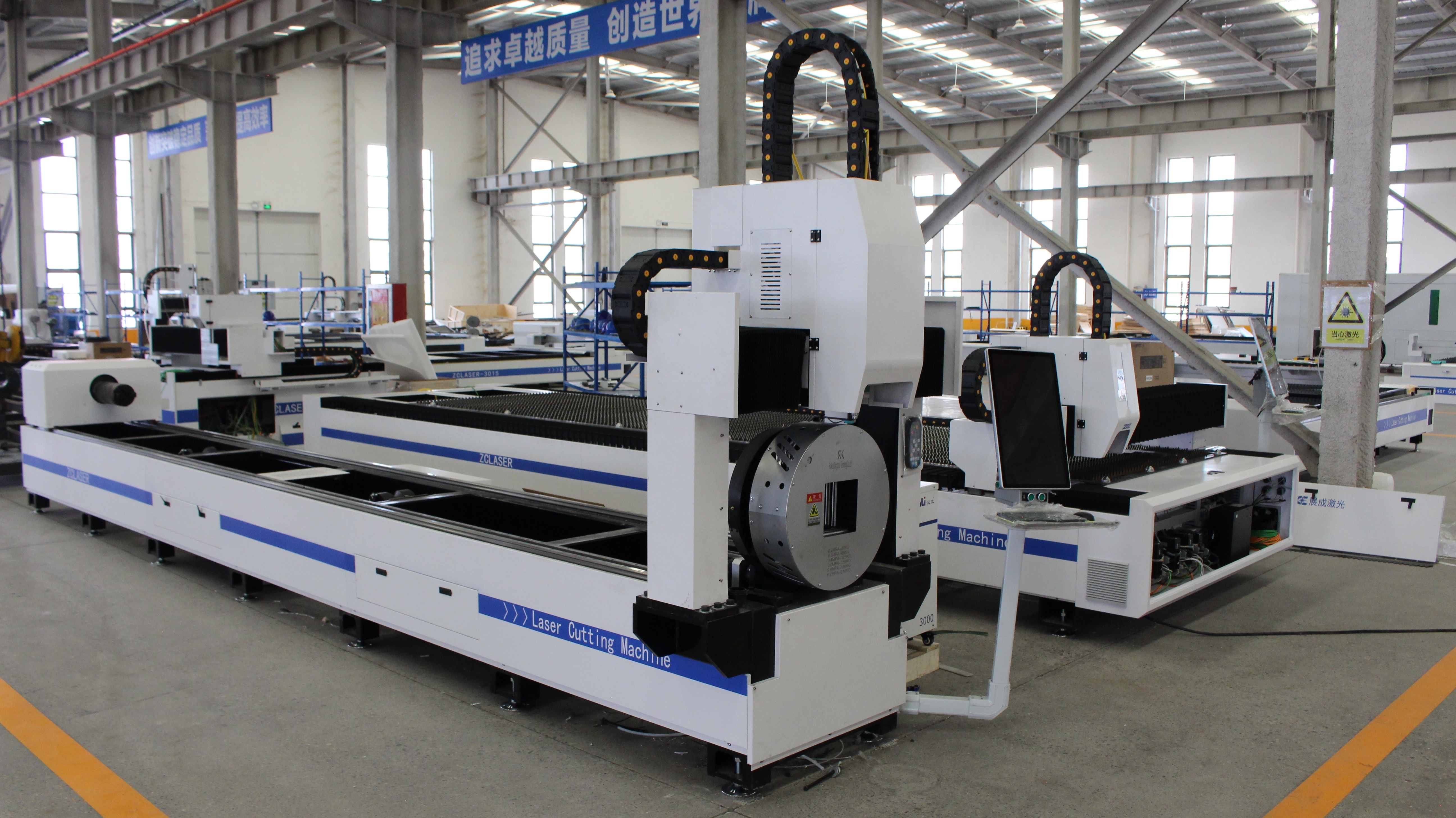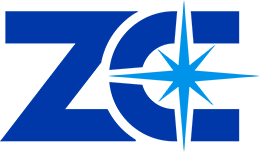Where To Buy Laser Cutting Machine
Release time:
2025-07-16
Author:
Source:
Buying a laser cutter transcends a mere transaction—it’s a strategic decision demanding technical insight, market awareness, and risk management. In an increasingly competitive landscape, savvy buyers balance cost against quality and reliability. They understand that dependable after-sales support is non-negotiable for sustained productivity. By moving beyond "lowest price" myopia and focusing on Total Cost of Ownership and operational stability, you transform your laser cutter into a true growth engine, securing a competitive edge in the smart manufacturing revolution.
Laser Cutter Buying Guide: Smart Choices for Future-Proof Manufacturing
In today’s era of booming custom fabrication and small-batch production, laser cutting machines have become indispensable for workshops, small factories, and large manufacturers alike. Yet the seemingly simple question "Where to buy a laser cutter?" involves complex channel choices and risk considerations. Selecting the right purchasing path is foundational to your production success—a misstep could mean wasted capital or crippling downtime without support.

I. Deep Dive: Main Purchasing Channels
1.Direct from Manufacturer: Dual Guarantees of Quality & Service
Key Advantages: Direct dialogue with the brand source, Buying from brands like ZCLASER, HAN’S LASER, or TRUMPF ensures access to cutting-edge tech, genuine warranties, and comprehensive services (installation, training, maintenance). Bulk orders may qualify for discounts. Skip the middlemen. Some middlemen are just foreign trade companies. They don’t produce equipment by themselves, and they can’t get any guarantee if there are any after-sales problems. How to distinguish whether they are middlemen? Generally, middlemen sell a wide range of equipment, and all kinds of equipment are sold. Normal manufacturers will only focus on making the same type of equipment, because the factory has limited energy investment, and it will definitely not be refined if it produces multiple types of equipment.
Ideal For: Large enterprises, high-precision/high-stability applications, budget-flexible buyers prioritizing long-term security.
Considerations: Typically higher upfront costs; limited price negotiation.
2. Authorized Distributors/Agents: Your Local Service Bridge
Core Value: Regional extensions of manufacturers offering localized sales, technical support, and rapid response. Networks for brands like ZCLASER or XT LASER are well-established.
Unique Perks: Geographic proximity, flexible communication, local spare parts, quicker after-sales service. Some agents offer leasing/financing.
Smart Fit: SMEs, first-time buyers, those valuing on-the-ground support.
3. Industrial B2B Platforms: Efficient Resource Aggregators
Platform Power: Various platforms bring together a large number of suppliers, making it easy to make horizontal price comparisons, parameter comparisons and user evaluation references.
Caveats: Vet suppliers rigorously (factory audits, certifications). Beware of "too-good-to-be-true" pricing. Prioritize verified suppliers or those with trade assurance.
Best Suited: Price-sensitive buyers, savvy researchers comfortable with self-directed vetting.
4. Secondhand Market: High Value, Higher Risk
Opportunity: Significant cost savings for tight budgets or short-term needs. Professional resellers often provide refurbished units with limited warranties.
Risk Factors: Unknown machine history (laser tube hours, rail wear), hidden defects, and weak after-sales support. Novices risk costly mistakes.
Action Plan: Always inspect physically, review maintenance logs, bring a technician, clarify warranty terms. Best for experienced buyers or non-critical applications.
II. Core Evaluation Criteria for Your Purchase
1. Needs First: Define Requirements Precisely
Materials & Thickness: Acrylic/wood vs. stainless steel/carbon steel? Max cutting thickness? Dictates laser type (CO₂/fiber) and power (e.g., 500W, 1kW, 3kW).
Precision & Speed: Tolerance requirements (±0.05mm?) and production volume? High precision demands superior motion systems.
Work Bed Size: Match to your largest typical workpiece (e.g., 1300x900mm, 1500x3000mm).
Total Budget: Factor in maintenance, consumables (lenses, nozzles), power, gas (O₂/N₂), and potential upgrades.
2. Brand & Performance: Pillars of Reliability
Reputation Research: Study user feedback and industry reports on brands (e.g., domestic: HAN’S, ZCLASER; international: TRUMPF, Mazak) – focus on long-term stability and failure rates.
Critical Components: Laser source (IPG, Raycus), controller (Rays, Weihong), mechanics (HIWIN guides/ballscrews) define performance limits.
Hands-On Test: Request live demos. Evaluate software usability and cutting quality firsthand.
3. After-Sales Service: Your Operational Lifeline
Response Time: In the event of an emergency, can engineers provide online or offline technical support within 24-48 hours?
Technical Expertise: Are technicians certified? Is there adequate local spare parts inventory?
Warranty Clarity: Scope, duration (core parts: 1-2 years typical), and cost of extended support. Prioritize suppliers with robust service networks.
4. Total Cost of Ownership (TCO): Beyond the Price Tag
Calculate TCO: Include purchase price, installation, training, electricity, assist gases, consumables, maintenance, and potential downtime costs.
ROI Projection: Model payback period based on estimated throughput, part pricing, and operational expenses.

III. Your Actionable Procurement Roadmap
1. Audit Needs: Detail materials, thicknesses, tolerances, output goals, budget ceiling, and facility specs (power, space).
2. Research Widely: Leverage trade shows (e.g., CIIF Shanghai), forums, B2B platforms, and peer referrals to shortlist brands/suppliers.
3.Screen Suppliers: Compare proposals against requirements; prioritize technical fit and service terms.
4. Visit & Validate: Tour factories/showrooms. Test machines. Discuss technical details.
5. Negotiate Terms: Finalize specs, pricing breakdown, delivery, payment, and iron-clad service agreements (written into contract).
6. Commit Strategically: Choose based on holistic assessment (tech/price/service/risk). Sign with clear contractual terms.
7. Deploy Effectively: Inspect upon delivery. Ensure comprehensive operator/maintenance training.
Buying a laser cutter transcends a mere transaction—it's a strategic decision demanding technical insight, market awareness, and risk management. In an increasingly competitive landscape, savvy buyers balance cost against quality and reliability. They understand that dependable after-sales support is non-negotiable for sustained productivity. By moving beyond "lowest price" myopia and focusing on Total Cost of Ownership and operational stability, you transform your laser cutter into a true growth engine, securing a competitive edge in the smart manufacturing revolution.
Key words:
where to buy laser cutting machine,laser cutting machine,things to note when buying a laser cutting machine
Floor 16, Building A, Rongsheng Times International, Licheng District, Jinan City, Shandong Province,China




